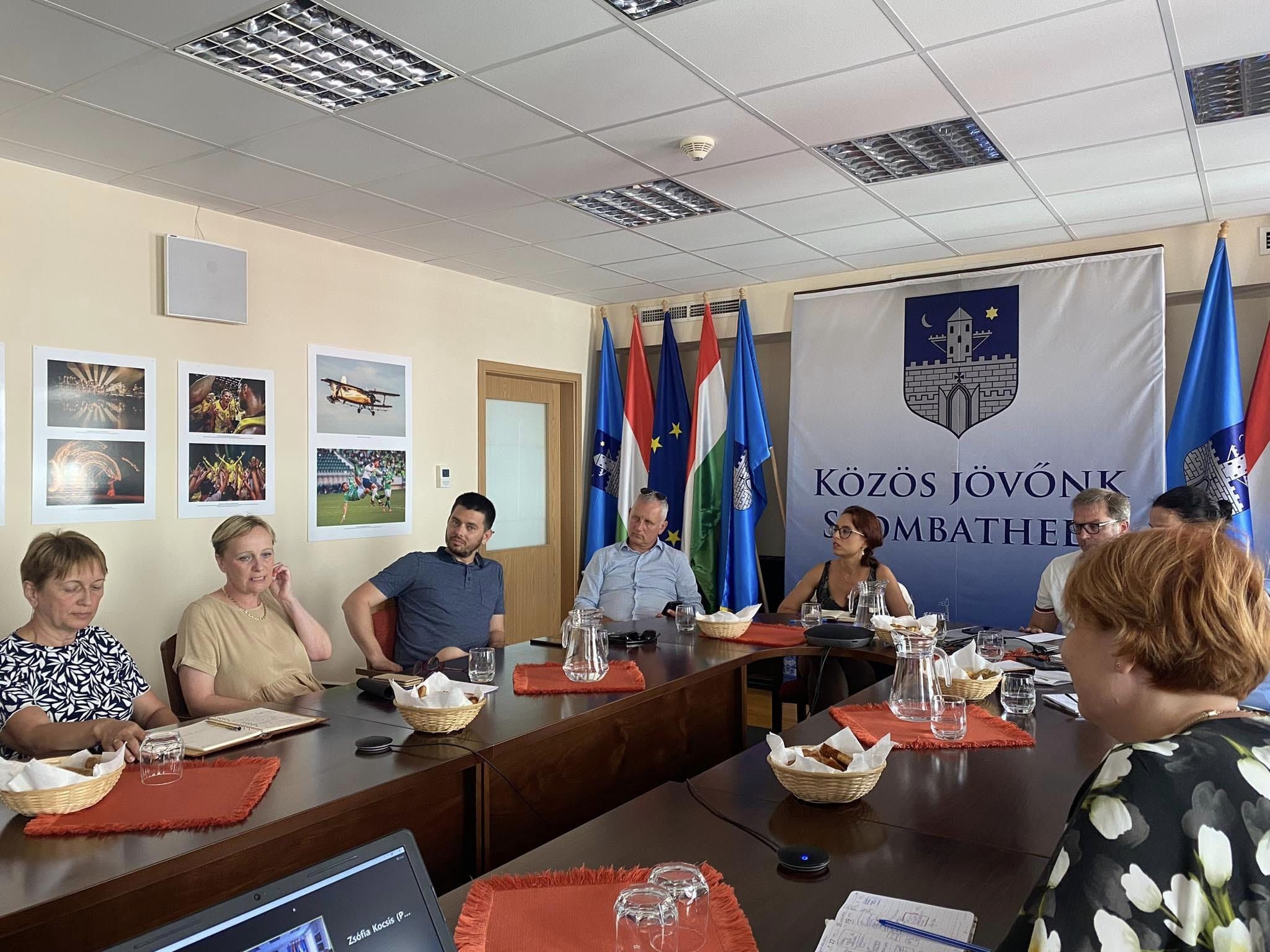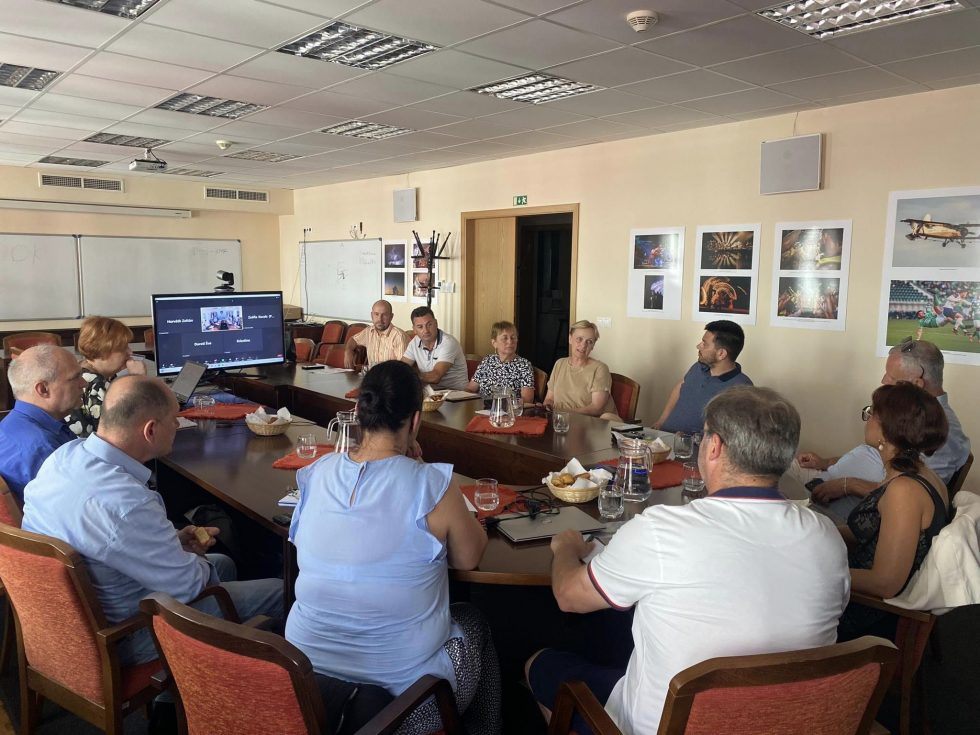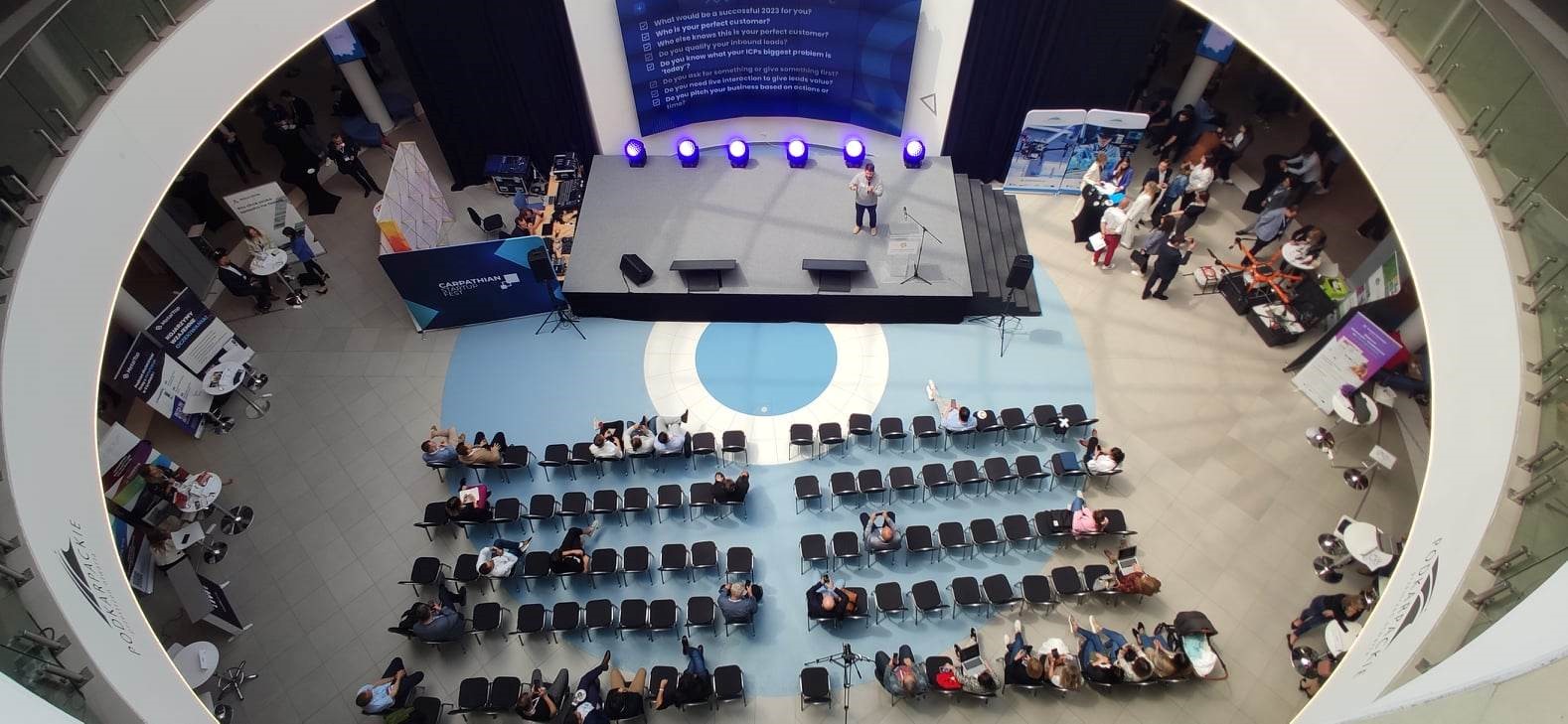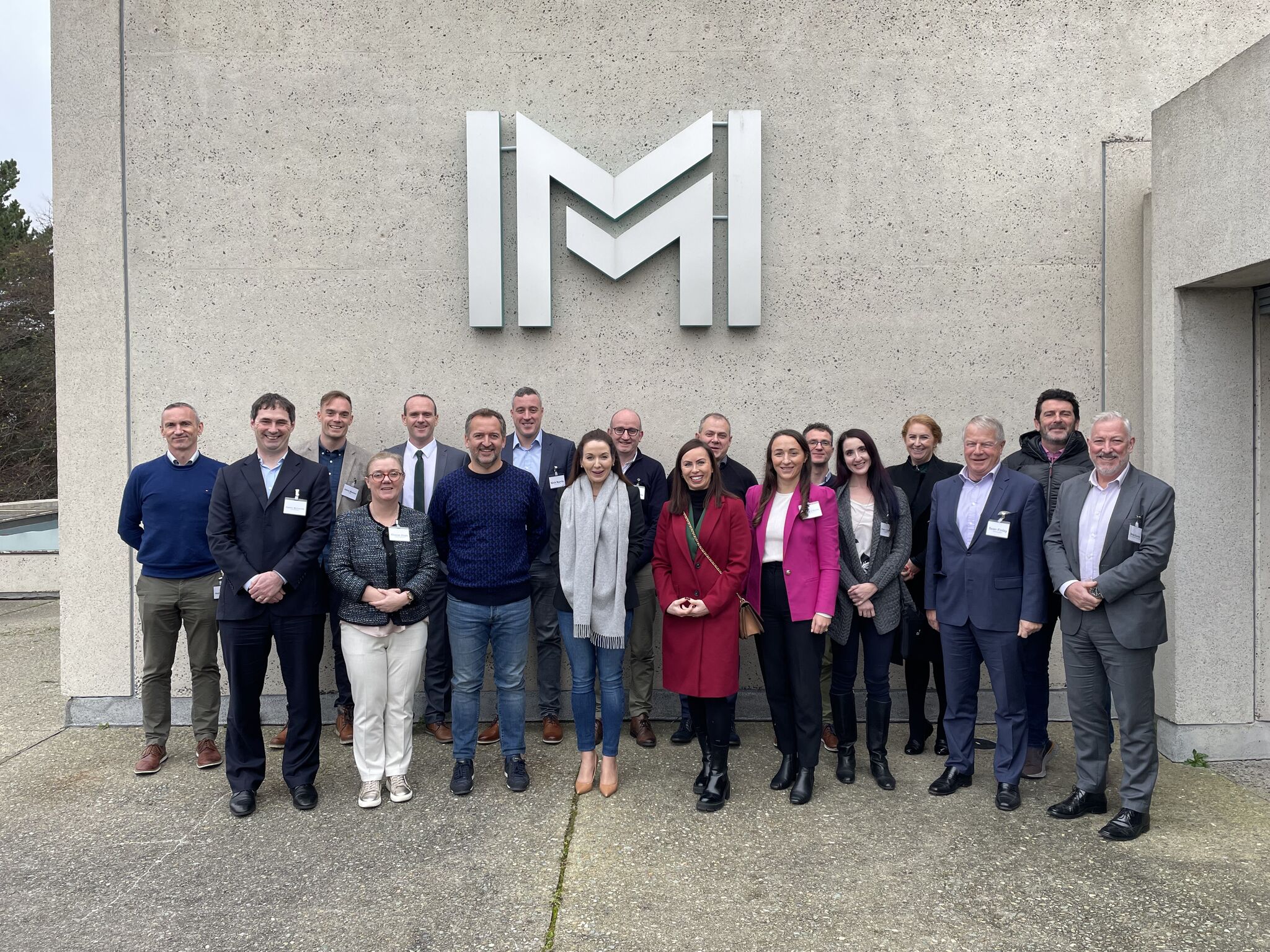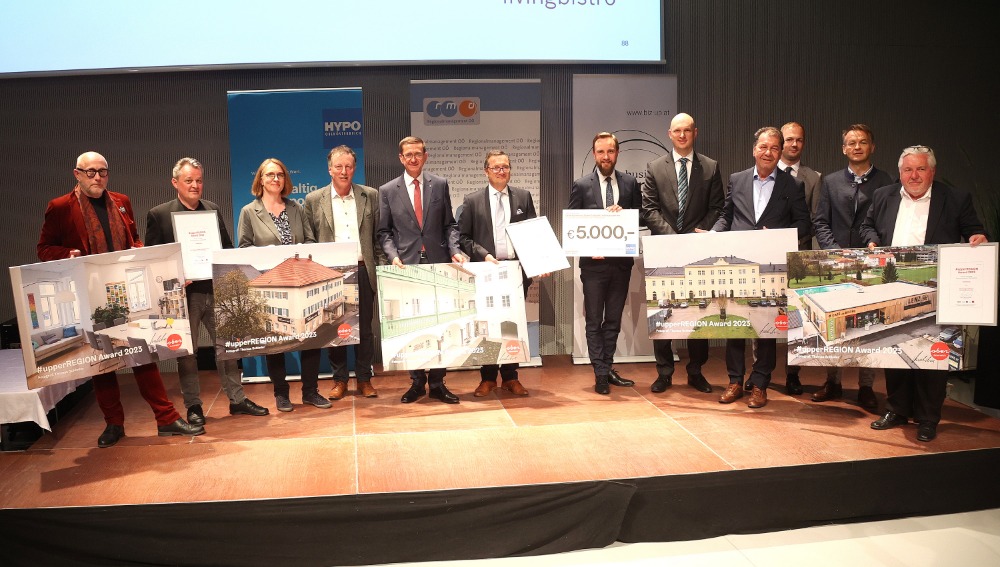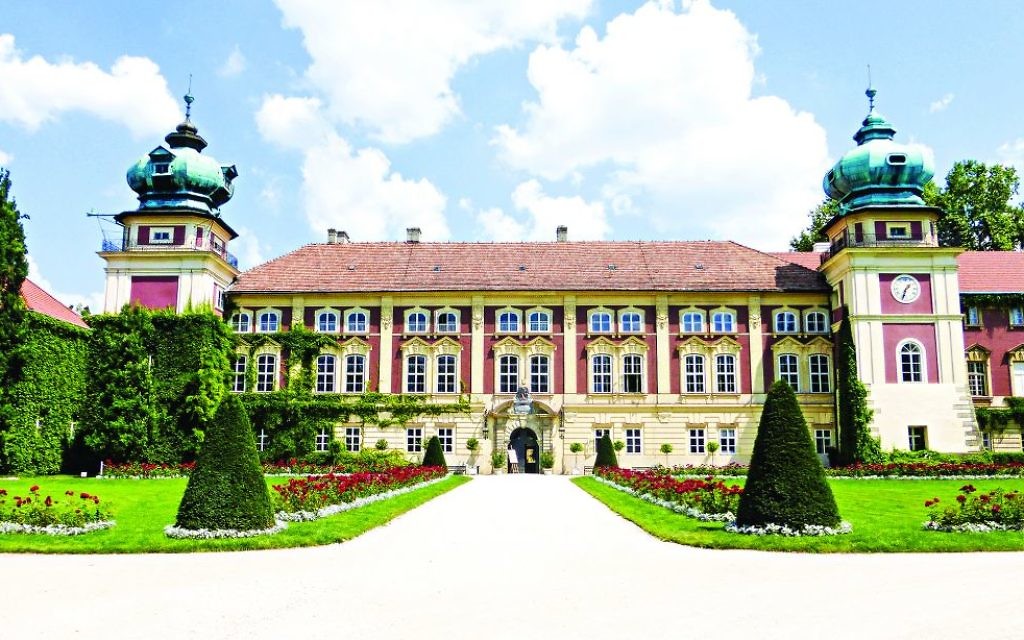The regional study is focused on the Nivala-Haapajärvi sub-region, which is a part of the Oulu region (i.e. the county of Northern Ostrobotnia). The Oulu region had 412,830 inhabitants in 2019, across a land area of 36,800 km², resulting in a population density of just 11.2 people per km². The city of Oulu is the provincial centre and the region's only larger city. The Oulu city region is the key driver of population growth; nearly half the region's population lives in the city. The Oulu region has been regarded as a significant area of innovation and offers high-quality education and expertise. This is especially true in the fields of technology — namely, the IT and software industries — as well as in metal and forest-based industries. It is an expertise-filled, global and viable business-driven region, with the city of Oulu at the centre of its growth (Council of Oulu Region 2019).
The Nivala-Haapajärvi sub-region is located to the south of the Oulu region, within a dense network of small towns and rural settlements. The region was selected as the study case, since a predominantly rural area that still hosts metal and manufacturing industries and exporting companies is interesting from the viewpoint of regional resilience. The industry sector provided 15.2 % of all jobs in the sub-region in 2018, which is relatively high for a rural area being well over the national average of 12.8 % (Statistics Finland 2021).

In contrast to the Oulu region, the population of the Nivala-Haapajärvi sub-region has been constantly decreasing, mainly due to negative net migration). The region has a lower education level than compared either Finland or the Oulu region, as the population that has received higher education (11.2 %) is about half the regional average (20.8 %) (Statistics Finland 2021). Although the sub-region is losing population, companies and jobs, the regional economy is growing by the growth of the remaining companies. This means that not just the region's relative numbers, but also its absolute economic numbers, are growing well.
In the shadow of the regional analysis conducted by the Interreg Europe FOUNDATION project, the future outlook for the Nivala-Haapajärvi region is quite positive, despite shrinking demographic development and ongoing structural change. There are companies in the region that are strongly growth-oriented and strive for internationalisation. These companies see the future in the region as quite positive and are committed to staying in the region. In addition, these companies see the good business environment, regional partnership networks and uncomplicated cooperation as remarkable strengths of the region. These characteristics are essential to strengthen regional resilience.
Following measures and issues were also identified, which can strengthen regional resilience and fuel the conditions for business to flourish, which are in the short form:
1. Strengthening the active and continuous dialogue between education and research institutions and business
2. Strengthening business networks in RDI ecosystems
3. Targeted assistance to companies' skills and training needs, to strengthen growth and resilience
4. Support for networking
5. Support for change of ownership and generation
6. Supporting labour and skills migration
Strengthening SMEs' capabilities requires both an innovative state of mind from the companies, and the support of the public sector and regional authorities. Risk-taking, robust relationships and trust between the private and public sectors, professional financial services and a networking-focused attitude are all vital. Based on this study, it can be stated that:
1. There is a need for shared operating models to overcome the challenges created by centralisation of population to regional policy—focusing on constant development and ensuring that regional instruments are compatible with current needs.
2. The key challenge for SMEs' competitiveness, within the structural changes anticipated in the region, is to find employees with the right kinds of capabilities. This need can be answered, especially, by offering secondary level education in this region.
3. To grow and to internationalise, strong collaborative networks—covering different geographical scales and a variety of actors—are essential. The possibility for good networking opportunities should be supported by regional policy instruments and facilitated by regional development agencies, along with higher education organizations like universities


